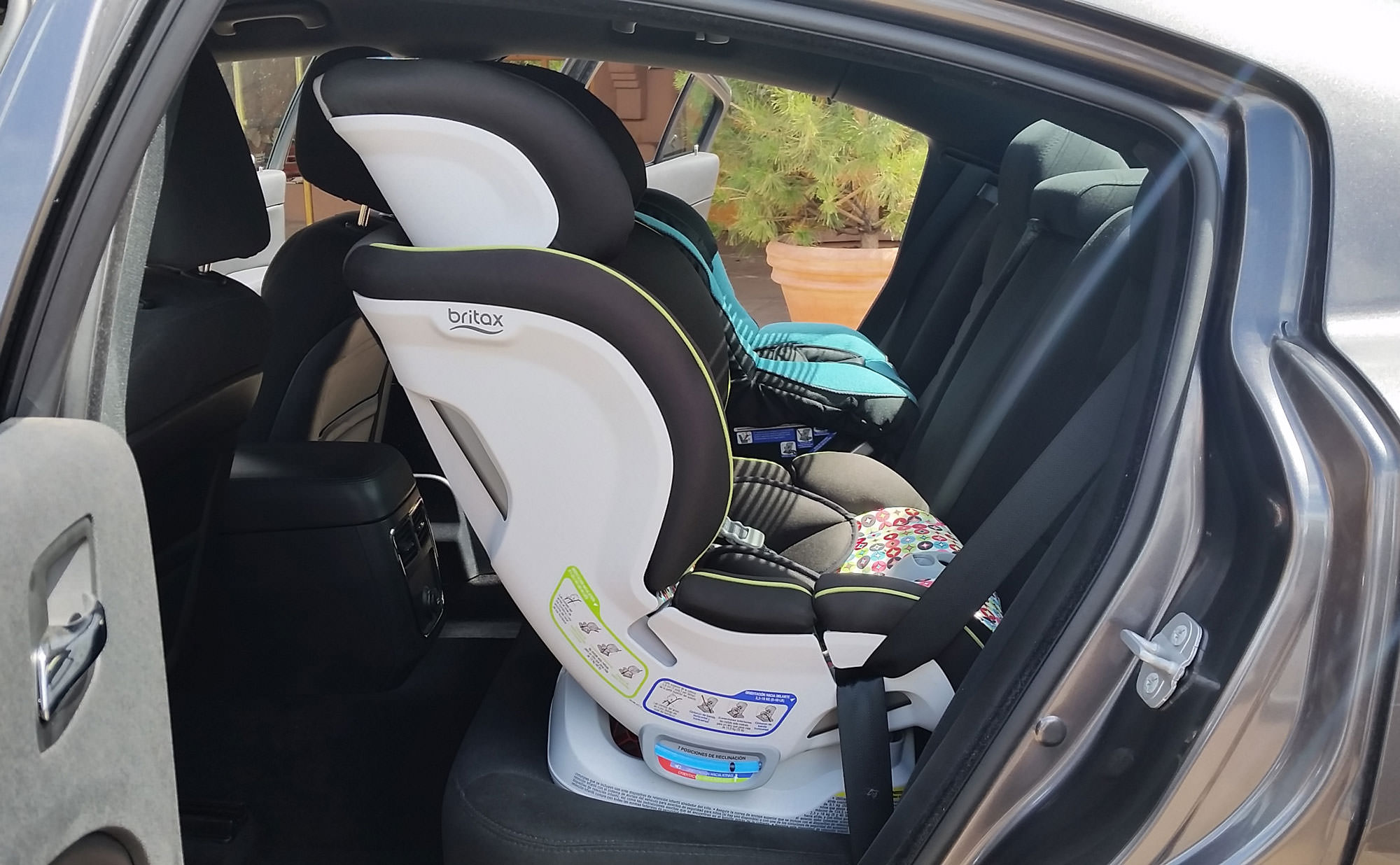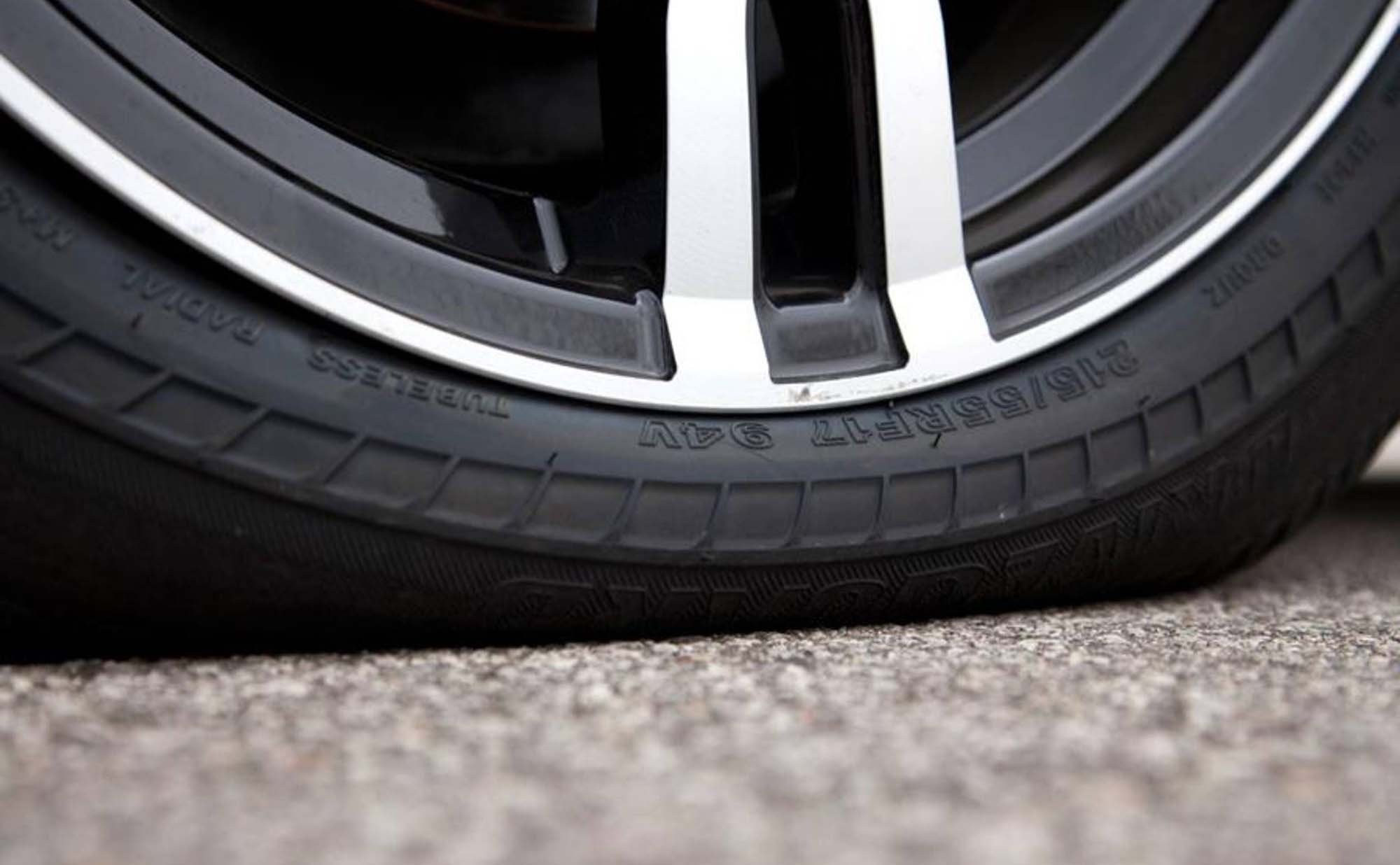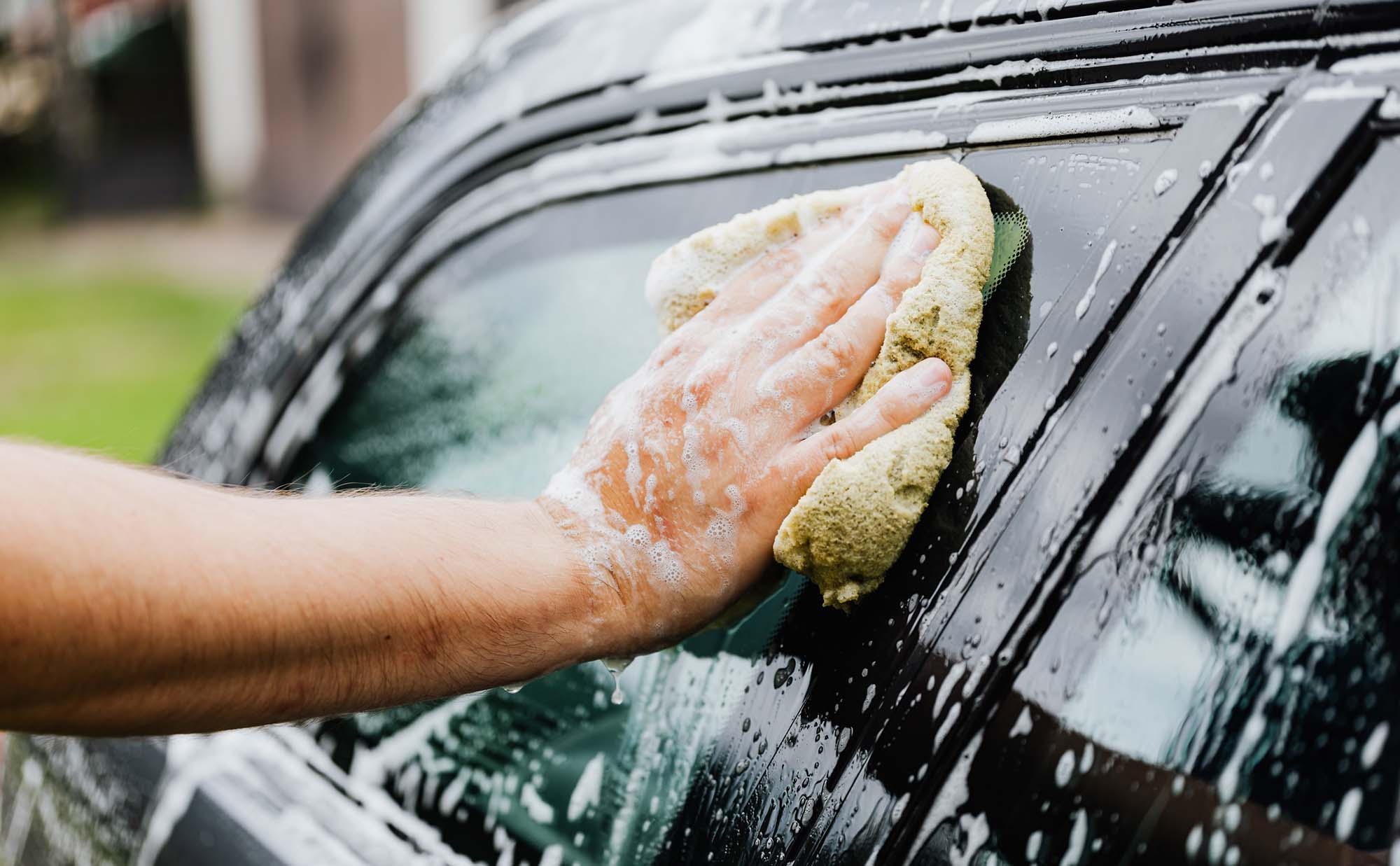Run flat tires are all the rage, but they aren't right for everyone (or every vehicle). Here is a list of the pros and cons, so you can make an informed choice.
Your child’s safety is why you have a car seat in the first place, but even the most protective parents can be puzzled by car seat expiration dates. Car seats aren’t perishable food items that go “off” after a certain length of time, but there are serious reasons why car seats have expiration dates. To ensure proper protection of your child, it is important to observe these dates.
Check the sides or base of the car seat for a printed expiration date. If you can only find the date of manufacture, it is generally advisable to only use the seat within six years of its manufacture. Keep in mind that the lifespan of a car seat begins when it is made, not when it is purchased. Even if last year’s car seat is unused, it probably has a shorter lifespan than one that was made recently.
Why do Car Seats Come with Expiration Dates?
There is no specific government regulation that require car seats be given an expiration date. It is the decision of the car seat manufacturers to include expiration dates, but it isn’t just to sell more products. Transport Canada recommends that “people should not use children’s car seats and booster seats past their expiry or useful life date.”
Here are five important reasons to observe car seat expiration dates:
- Changes in technology and safety standards. While an older car seat might look brand new, it probably doesn’t incorporate the newest technologies. Even if the old car seat was never used and sat in a closet for the last 10 years, it could be made of outdated materials or lack equipment that is now considered standard. For example, car seats before 2002 did not have a Lower Anchor and Tethers for Children (LATCH). Since then, the LATCH is considered a vital component of car seats.
- While the materials used to build car seats are durable, all materials wear down over time. Car seats are exposed to extreme temperature fluctuations and years of direct sunlight. These types of exposure can result in hairline fractures that weaken the plastic, and belts than become elasticized. This type of material degradation are invisible to the naked eye, but can have devastating consequences in a crash.
- The best car seat manufacturers test their products extensively, but they only test them to be useful for a certain period of time. The manufacturer can’t attest to how their products will perform outside of the designated time frame.
- Like any other products, car seats may be recalled. You may not know if an older car seat has been part of a recall.
- Manufacturers only produce replacement parts for current car seats. With an older car seat, you could find yourself stuck without replacement parts.
Regarding Price
A more expensive seat doesn’t necessarily have a longer lifespan. All car seats sold in North America adhere to strict safety standards, including the price-conscious models. While buying a used car seat may appear to be a bargain, it may not provide your child with the same protection as a new one.




